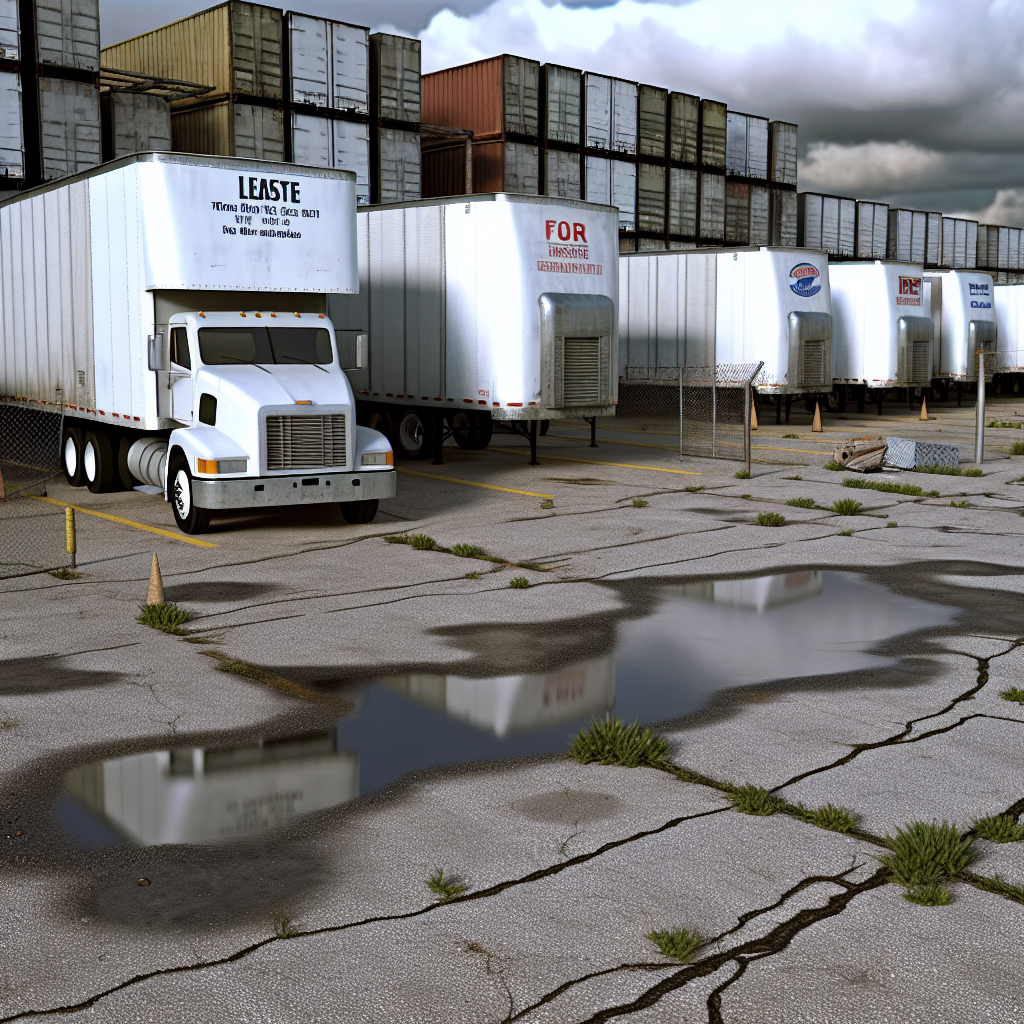Wabash’s debt rating was cut this week, a fresh sign that the trailer cycle hasn’t found bottom. The move reflects how prolonged weakness in new orders and softer cash generation are pinching OEM balance sheets — and it raises the stakes for fleets weighing 2026 equipment plans.
Why now? Fleets continue to hold back on big-ticket spending. Preliminary North American Class 8 orders for October came in at 24,300 units — up month over month, but still 22% below last year — a proxy for fleet capex caution that also chills trailer purchase decisions. That was the 10th straight month of year-over-year declines, underscoring a demand backdrop that makes it harder for trailer builders to fill backlogs at acceptable margins.
Pricing power isn’t offering much cover. Spot truckload rates dipped again in the most recent week even as overall spot volume saw a modest seasonal uptick — a combination that compresses carrier margins and lengthens replacement cycles for trailers and truck bodies. Dry van, reefer and flatbed linehaul averages all ticked lower, while diesel rose a dime to a national average of $3.72, further squeezing cash flow on the road.
For Wabash, the ratings setback lands just days after another reminder of how fragile 2025 earnings expectations have become across the equipment space. A note this week from DA Davidson modeled a steeper fourth-quarter loss and kept a neutral stance with a $9 target, citing a slow start to the new trailer order season and limited visibility. In other words, the near-term math still doesn’t pencil without a clearer turn in orders and mix.
What it means for fleets: a lower credit rating can lift an OEM’s borrowing costs and make build schedules more sensitive to cancellations, component pricing and working-capital swings. In practice, that can translate to tighter allocation of production slots, more discipline on discounting and a premium on orders that carry stronger deposits or quicker delivery windows. For buyers, the leverage shifts market by market: fleets with healthier balance sheets may still negotiate value on specs and aftermarket packages, while smaller operators could find credit terms and lead times less flexible than in prior cycles.
The bigger picture is unchanged: until freight fundamentals improve, the trailer market is likely to bump along the bottom. The latest order and spot-rate reads show incremental stabilization but not a breakout. If demand firming pushes through the holidays into early 2026 — and if diesel stops climbing — OEMs should get better line-of-sight on backlogs. Until then, expect conservative production plans, elevated scrutiny on cancellations and a continued tilt toward parts, service and utilization programs to cushion the trough.
Sources: FreightWaves, FleetOwner, AJOT/DAT, FTR (FTRintel/Fleet News Daily), Defense World
This article was prepared exclusively for TruckStopInsider.com. Republishing is permitted only with proper credit and a link back to the original source.





